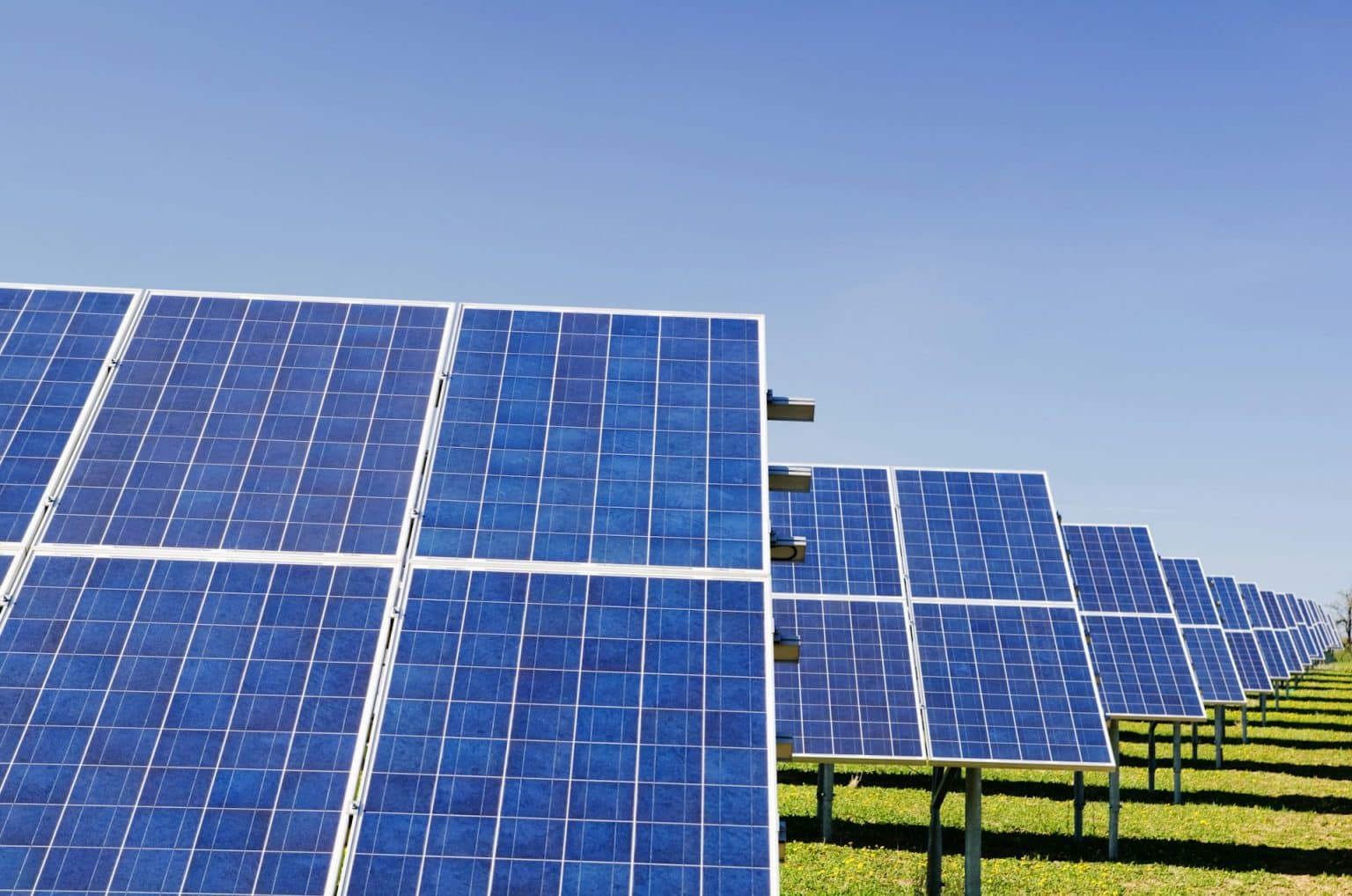Today, we’re diving into the basics of solar panels in Ireland. Because while we don’t exactly have the California sun up here, tech is evolving, and a lot of homeowners are wondering: Is solar really worth it in Ireland? So let’s break down everything you need to know before investing in solar panels for your home in Ireland.
First Things First: Does Solar Work well in Ireland?
Short answer: Yes. Long answer: Yes, but with context.
Ireland isn’t famous for all-day sunshine, but that doesn’t mean solar panels don’t work here. Modern photovoltaic (PV) panels are surprisingly efficient and don’t need direct sunlight to generate electricity — they just need daylight. Even on overcast days (which, let’s be real, we have plenty of), panels can still produce a decent amount of energy.
The average home in Ireland gets around 1,100 kWh/m² of solar irradiance annually. That’s enough to make solar worthwhile — especially with the government incentives on offer.
How Do Solar Panels Actually Work?
In super simple terms, here’s how the tech works:
- Solar panels (usually on your roof) absorb sunlight and convert it into DC (direct current) electricity.
- An inverter converts the DC power into AC (alternating current), which is what your home uses.
- That electricity powers your lights, appliances, EV charger — whatever’s running.
- Any surplus? You can store it in a battery (optional) or sell it back to the grid.
Yeah, we’re living in the future.
The Cost: What Are You Looking At?
So, let’s talk money. Installing solar panels in Ireland isn’t exactly pocket change, but it’s not as crazy as it used to be.
- A typical 4kW system (suitable for a standard 3–4 bed house) will set you back around €8,000–€10,000.
- Battery storage adds another €2,000–€4,000, depending on capacity.
- After SEAI grants (we’ll get into that), the price can drop by up to €2,100.
This means you’re realistically looking at €6,000–€12,000, depending on your setup.
Do You Qualify for a Solar Panel Grant?
Let’s talk incentives. The SEAI (Sustainable Energy Authority of Ireland) offers some solid support:
- Up to €2,100 for a solar PV system under the Domestic Solar Electricity Grant.
- You don’t need battery storage to qualify.
- Your home must have been built before 2021 and used as your main residence.
You apply online, and the process is pretty streamlined. Pro tip: make sure your installer is SEAI-registered or the grant won’t apply.
How Much Can You Save?
On average, a 4kW system can knock 30% to 50% off your annual electricity bill.
So if you’re paying around €1,500 a year in electricity, solar could save you roughly €500–€750 annually.
Throw in battery storage and smart home energy management, and your savings can go even higher, especially if you shift your heavy usage (like EV charging or laundry) to daylight hours.
What About Selling Power Back to the Grid?
Yup, Ireland’s Micro-generation Support Scheme (MSS) is a game changer.
If you generate more electricity than you use, you can export the surplus back to the grid and get paid for it. It’s called a Clean Export Guarantee (CEG), and most utility providers now offer it.
You’ll need a smart meter, but once it’s set up, you’re basically getting a little payback for helping out the grid. Think of it like a tiny return on your energy investment — every kilowatt counts.
What’s the Installation Process Like?
- Step 1: Get a home survey — installers will assess your roof size, orientation, and shading.
- Step 2: Choose your system size. A 3kW–4kW setup is ideal for most homes.
- Step 3: Apply for the SEAI grant.
- Step 4: Install (usually takes 1–2 days).
- Step 5: Connect to the grid and register for the export payment.
You don’t need planning permission in most cases unless your house is a protected structure or in a heritage zone.
Should You Get a Battery?
If you want to maximize your self-use — especially at night or during peak hours — then yes, a battery makes sense.
But heads up: batteries are still relatively expensive, and the payback period is longer. So it’s really about convenience and independence, not just savings.
If you work from home or run an EV, then the math can start working in your favour. Otherwise, exporting to the grid might give you a better ROI.
Final Thoughts: Is Solar Worth It in Ireland?
If you’re in your home for the long haul and your roof gets a decent amount of daylight, yes — solar is worth it.
Here’s the TL;DR:
- The tech is solid.
- The grants are generous.
- The electricity savings are real.
- And the environmental benefit? That’s a W.
Will you break even in 6 months? No. But over 6 to 10 years? Very likely.
And beyond that, you’re basically printing your own electricity. Combine it with an EV, smart meter, and maybe even heat pumps — and now you’re talking full-home energy ecosystem. Clean, smart, future-proof.
Final Rec
If you’re considering a home solar system in Ireland:
- Start with a quote from a reputable SEAI-approved installer.
- Use the grant — that’s free money.
- And think long-term. This is a 20+ year investment.
As always, tech gets better and more affordable over time. But right now? Solar is already a good move — even in a place where “sunny spells” is a major weather event.

